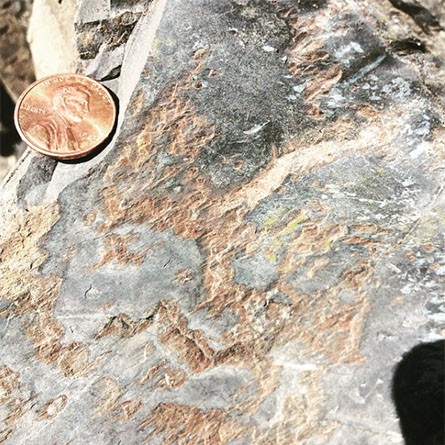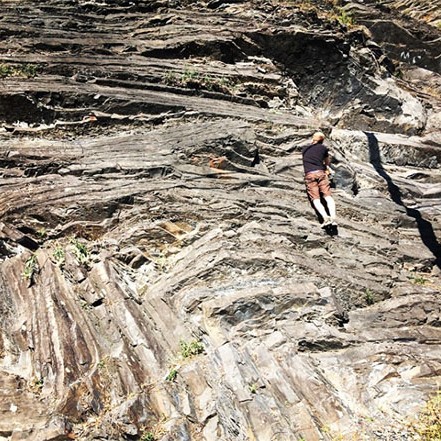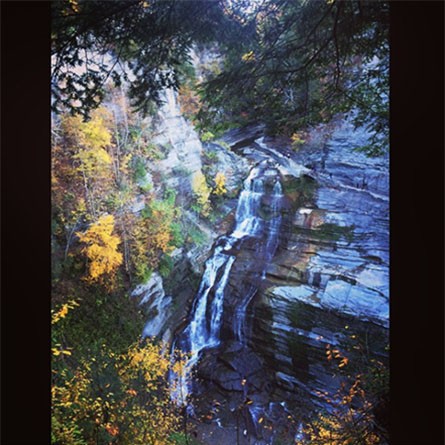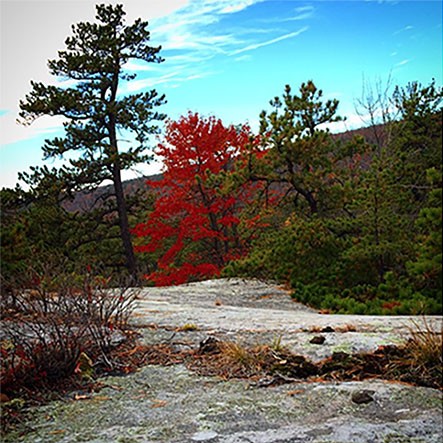If you are in New Paltz, the small town that sits in the shadow of the Shawangunk Ridge, then you are in a unique location. You are standing at the epicenter of several different varieties of Hudson Valley geology – but most people are unaware that they live on top of so much geological worth. Here are tips to help you value the rocks around you every day:
Tip #1: Travel To See The Sites
Most would say the best available geological examples to study and admire would be out in either California or Colorado. But for a cheaper option that is also much closer, you should check out any of the many local spots where interesting geological elements are prominent. The best way to appreciate the bedrock of the community is to go out and see it for yourself. “You can go up to [Lake] Minnewaska and see the glacial polish there,” says Kaustubh Patwardhan, a geology professor at SUNY New Paltz. “You could also go to the Snyder Estate in Rosendale and see the cement mines. There is also a famous time gap in the rocks at the base of the Shawangunk Ridge that is worth checking out.”
Tip #2: Take Some Geology Courses
If you are completely unfamiliar with geology, fear not! There is nothing that can bring you up to speed quite like taking actual geology courses. Assistant geology professor Gordana Garapic says that SUNY New Paltz offers plenty of introductory classes to give people sufficient baseline geological knowledge. “I always encourage people to take more classes, like physical or environmental geology,” Garapic says. “Also from experience, I think that going to lectures about geology are just as helpful in making people more aware about the field.”
Tip #3: Understand The Importance Of Geological Campus Features
Geology, in addition to being the reason for most of the items in our everyday lives, can be a lifesaver, too. In response to the damage Hurricane Irene inflicted on campus in 2011, the geology department proposed a solution. A 2014 study, “Storm Water Management and Using Green Infrastructures on SUNY New Paltz Campus,” concluded that effective green infrastructure could be both an environmentally friendly and pragmatic way to fix vulnerable hot spots on campus for runoff water. By using geological innovations on our parking lots and other facilities around campus, New Paltz could be significantly more prepared for a future storm.
Tip #4: Do What You Can To Protect The Environment
There is plenty that geology can still teach humans about the ever-changing modern world. By paying careful attention to the changes in geological structures, one can see the human impact on the planet. Though people usually associate climate change with global warming and rising sea levels, few understand how destructive erosion rates have also been on a geological scale. If you are more careful with where you choose to live, then you can better protect our habitat. Viewing the world through a geological lense will help you better understand the changes surrounding you. “The more people have access to information about geology, the more aware we become,” Patwardhan says. “Geology can help us learn a lot about our planet and our civilization.”




